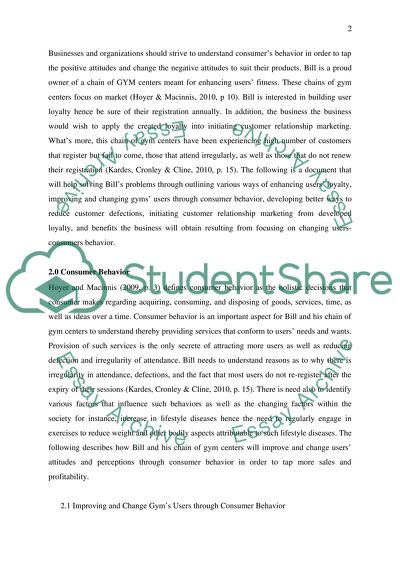Cite this document
(“Consumer behaviour Assignment Example | Topics and Well Written Essays - 2750 words”, n.d.)
Retrieved de https://studentshare.org/marketing/1392722-consumer-behaviour
Retrieved de https://studentshare.org/marketing/1392722-consumer-behaviour
(Consumer Behaviour Assignment Example | Topics and Well Written Essays - 2750 Words)
https://studentshare.org/marketing/1392722-consumer-behaviour.
https://studentshare.org/marketing/1392722-consumer-behaviour.
“Consumer Behaviour Assignment Example | Topics and Well Written Essays - 2750 Words”, n.d. https://studentshare.org/marketing/1392722-consumer-behaviour.


